What is recycling good for, asks Mika Rottenberg at Hauser & Wirth Menorca
US-based artist Mika Rottenberg rethinks the possibilities of rubbish in a colourful exhibition, spanning films, drawings and eerily anthropomorphic lamps
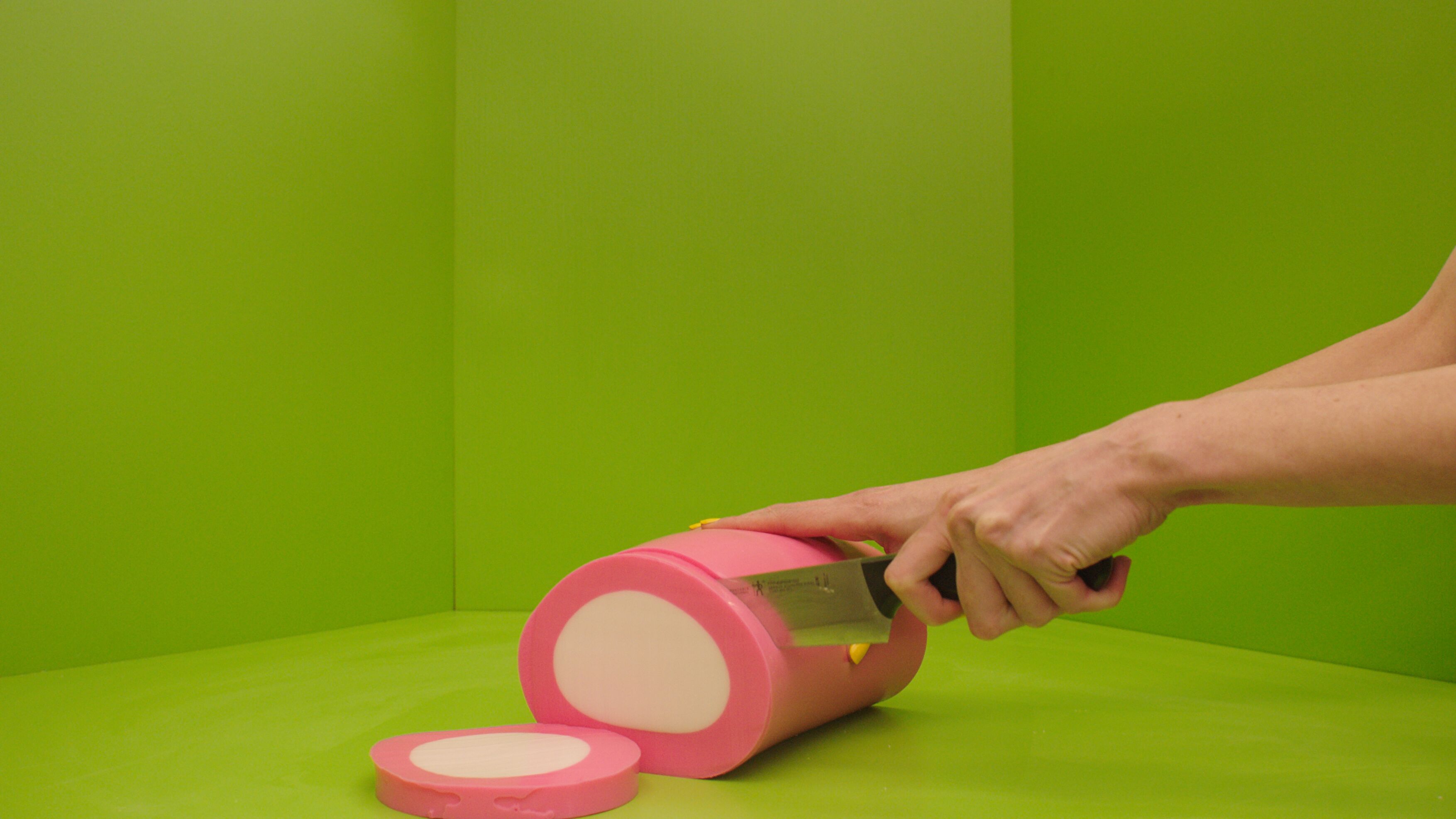
‘Recycling is a failed system,’ declares Argentina-born, US-based artist Mika Rottenberg from her studio in upstate New York. ‘Nothing really gets recycled, even in New York City, it's a complete disaster.’ This damning verdict underpins Rottenberg’s new exhibition at Hauser & Wirth Menorca, ‘Vibrant Matter’, a direct response to the broken promises of a future that never arrived.
Across two films, drawings and a new series of sculptures, Rottenberg’s exhibition instead ponders what might have been. With an emphasis on the haptic and fluid, Rottenberg toys with the transformation of matter into other states, a reminder, in other words, of everything recycling promised. Yet for all the exhibition’s critique, Rottenberg is eager to make clear that ‘this is not a solution, this is just, what do you do with so much trash?’ Her response? ‘You can do something pretty with it.’

Mika Rottenberg, Lampshare (chandelier #5), 2024
For her new Lampshares (2025), Rottenberg has created brightly coloured luminescent fungi that erupt from walls, ceilings and plinths, or simply lie on the exhibition floor like gnarled reclining figures. Beyond their Grimm fairytale looks, these sculptures embody her interest in alchemical transformation. Combining bittersweet vines, an invasive species that chokes the forests surrounding Rottenberg’s studio, with waste plastic that is collected from the Bronx and East Harlem before being melted and remoulded, these psychedelic, eerily anthropomorphic lamps turn toxicity into an opportunity for reinvention.
Straddling natural and artificial, functional and decorative, grotesque and beautiful, they represent the healing and redemptive qualities of Rottenberg's studio in preparation for this exhibition, where damage is, quite literally, metabolised into illumination.
‘This is not a solution, this is just, what do you do with so much trash? You can do something pretty with it’
Mika Rottenberg
Shown alongside her two films, Cosmic Generator (2017-18) and Spaghetti Blockchain (2019), the Lampshares echo the same fundamental concern with material transformation and systems of production and consumption. Speaking on their joint presentation for this exhibition, Rottenberg points out that ‘video is light and plastic is fossil fuel, which is ancient light trapped in oil, but it could not get back to the earth and complete the cycle. So making it into a lamp is a way to metaphorically release the light.’
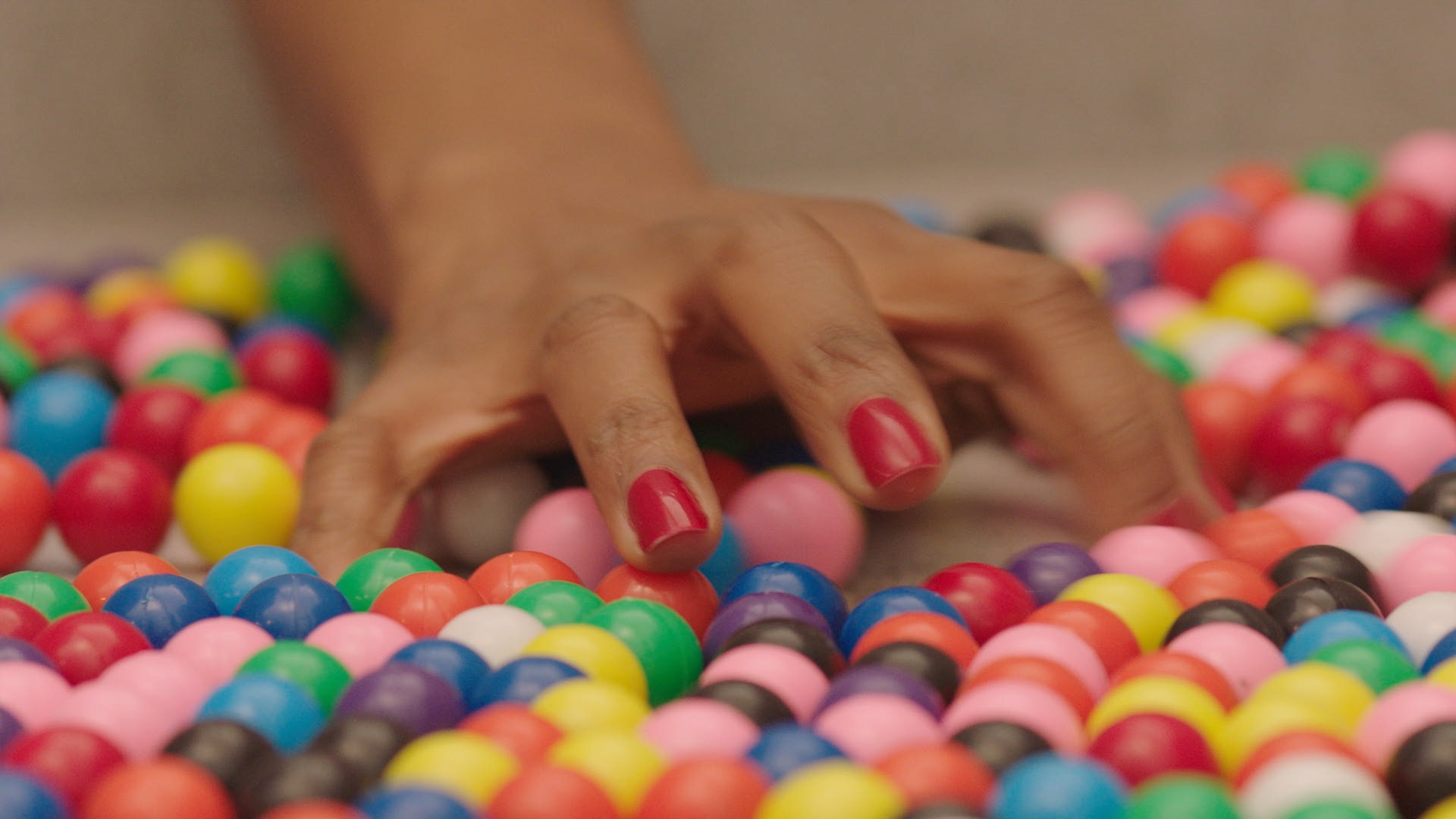
Mika Rottenberg, Spaghetti Blockchain (Video Still), 2019
In Spaghetti Blockchain, a three-channel montage exploring how humans process and interact with matter – from potatoes being harvested to antimatter research at CERN (the European Organisation for Nuclear Research) – Rottenberg frames these disparate acts as part of a surreal production chain. Like the oddly seductive yet grotesque Lampshares, the film's heavy use of ASMR (autonomous sensory meridian response) invites a playful and visceral engagement while carrying the conceptual weight of ecological collapse and overconsumption.
Cosmic Generator similarly eschews clear categories, instead taking viewers on a disorientating and fantastical trip that connects footage from a plastic goods market in Yiwu, China, with the US-Mexico border, in a continuation of the artist's long-running investigation into labour, materiality and global capitalism. By collapsing distinctions between real markets and imagined portals, industrial zones and kaleidoscopic dreamscapes, documentary footage and constructed sets, the film highlights the absurdity of commodity circulation and how capitalist circuits of production and consumption intertwine in invisible and irrational ways.
Receive our daily digest of inspiration, escapism and design stories from around the world direct to your inbox.

Mika Rottenberg, Lampshare, 2024
The destabilising effect of both films is, for Rottenberg, an essential reflection of our times. ‘Our digital existence is very disorientating,’ she says. ‘Diving into social media, you're reading horrible news and you're being pulled into so many different places that are conflicting – so I think it’s a very current feeling.’ In Rottenberg’s art, however, we can find, if not salvation, then a certain respite, an assurance that the chaos surrounding us is part of a timeless circularity. As she says: ‘Transformation is magic, it's like alchemy, and that's what art is about.’
Mika Rottenberg: Vibrant Matter at Hauser & Wirth Menorca until 26 October 2025, hauserwirth.com

Mika Rottenberg, Spaghetti Blockchain (Video Still), 2019
Finn Blythe is a London-based journalist and filmmaker
-
 A tale of two Audis: the A5 saloon goes up against the A6 Avant e-tron
A tale of two Audis: the A5 saloon goes up against the A6 Avant e-tronIs the sun setting on Audi’s ICE era, or does the company’s e-tron technology still need to improve?
-
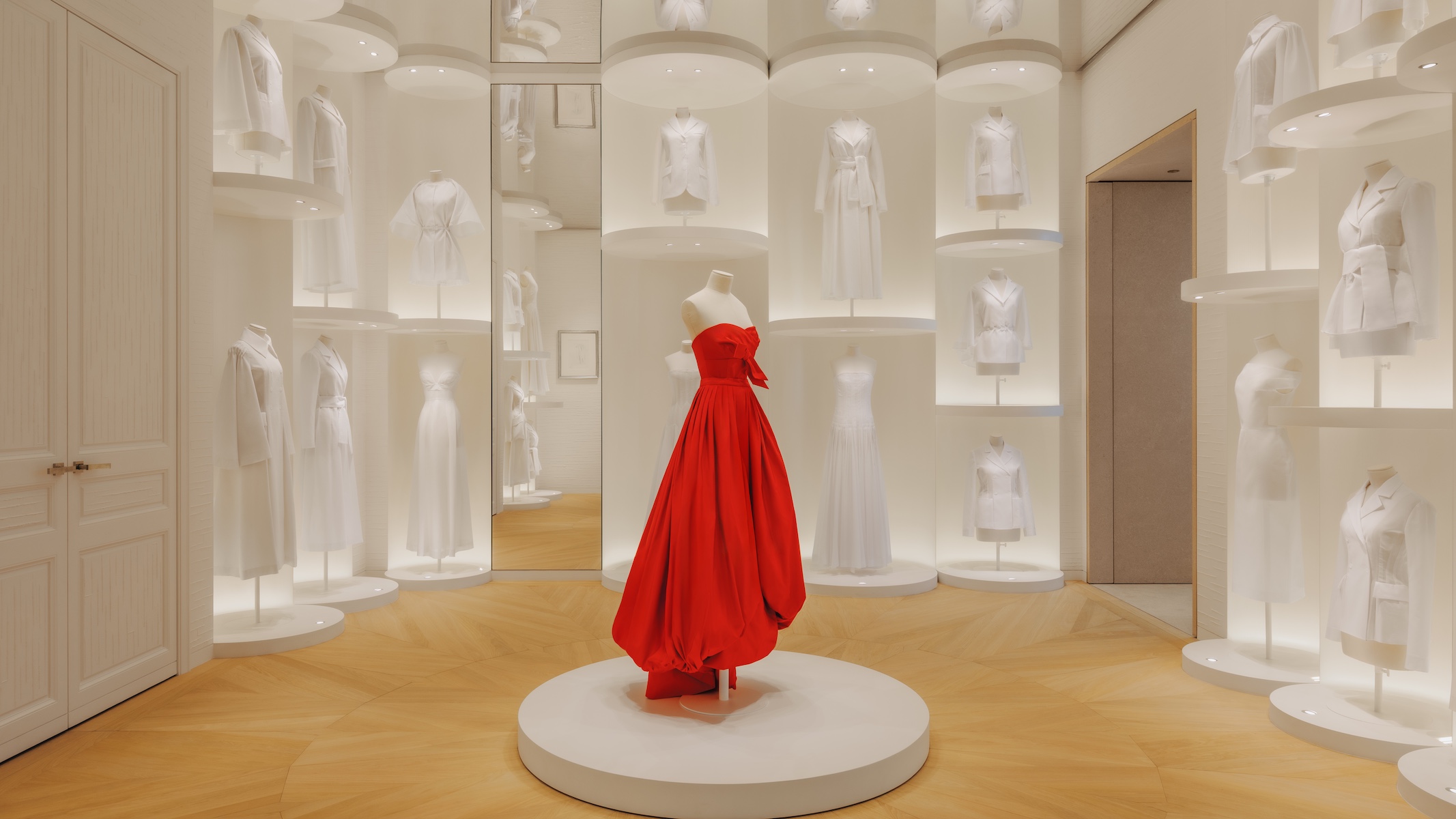 Inside Christian de Portzamparc’s showstopping House of Dior Beijing: ‘sculptural, structural, alive’
Inside Christian de Portzamparc’s showstopping House of Dior Beijing: ‘sculptural, structural, alive’Daven Wu travels to Beijing to discover Dior’s dramatic new store, a vast temple to fashion that translates haute couture into architectural form
-
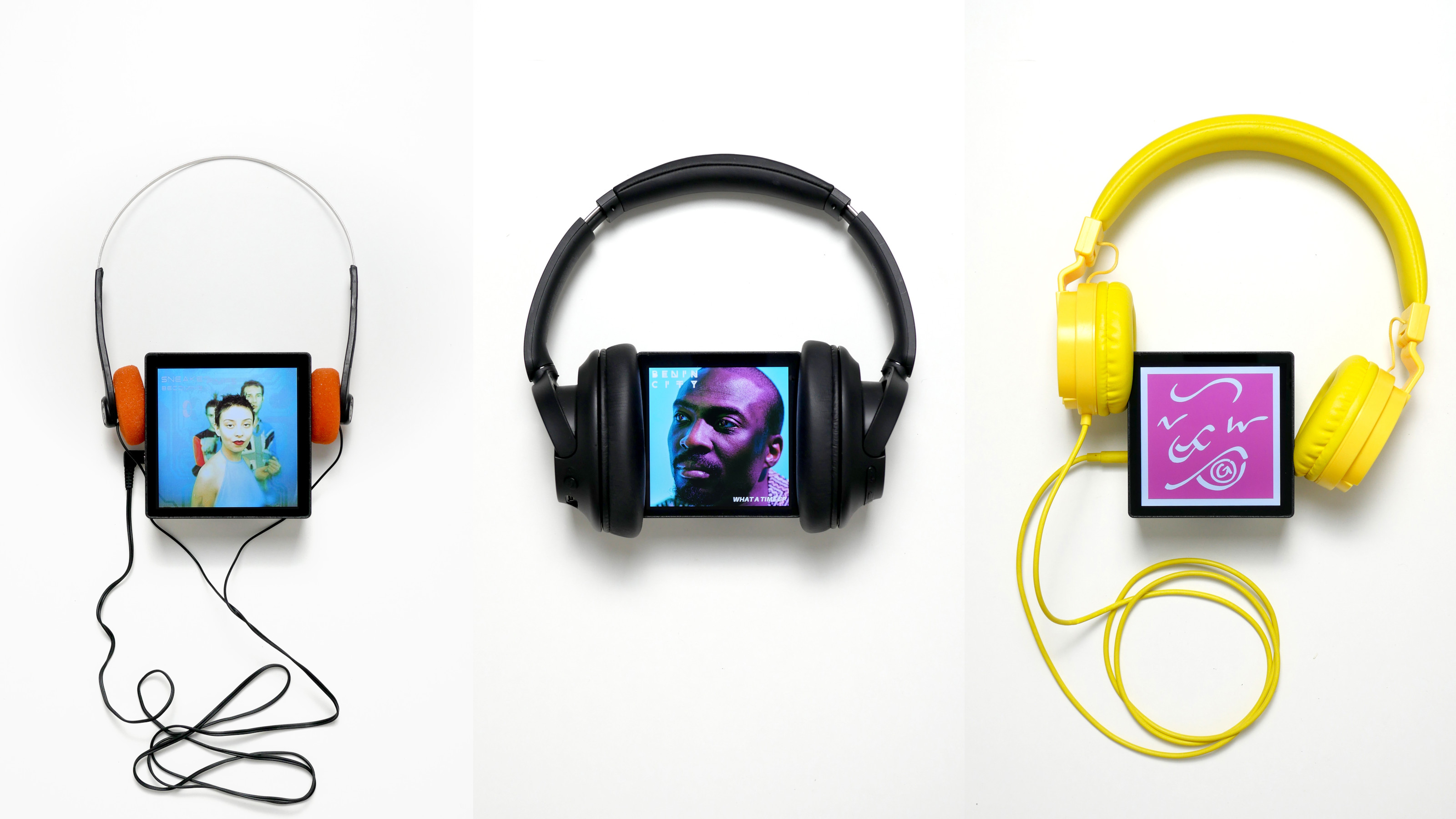 A music player for the mindful, Sleevenote shuns streaming in favour of focused listening
A music player for the mindful, Sleevenote shuns streaming in favour of focused listeningDevised by musician Tom Vek, Sleevenote is a new music player that places artist intent and the lost art of record collecting at the forefront of the experience
-
 Artists imbue the domestic with an unsettling unfamiliarity at Hauser & Wirth
Artists imbue the domestic with an unsettling unfamiliarity at Hauser & WirthThree artists – Koak, Ding Shilun and Cece Philips – bring an uncanny subversion to the domestic environment in Hauser & Wirth’s London exhibition
-
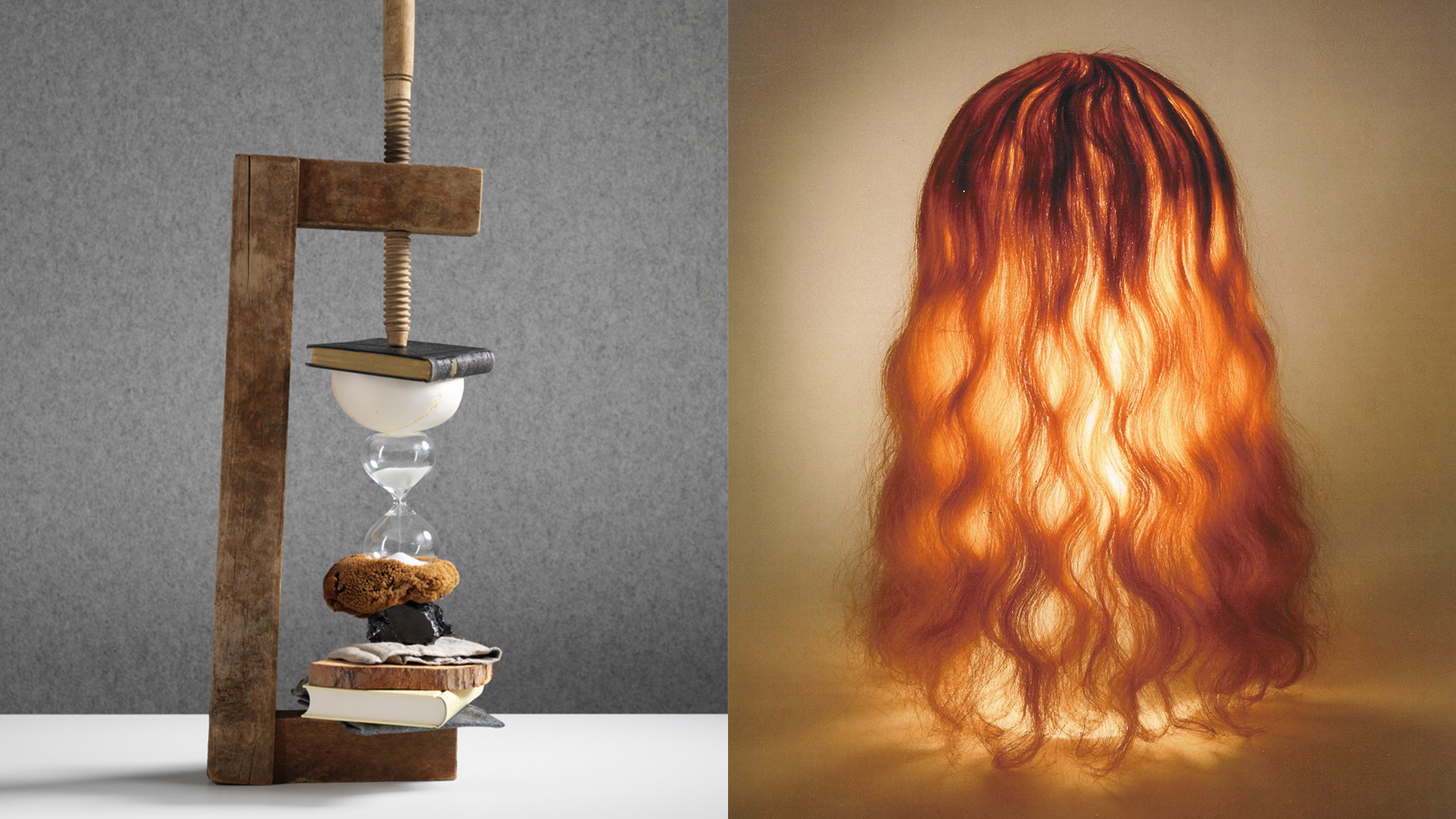 Rolf Sachs’ largest exhibition to date, ‘Be-rühren’, is a playful study of touch
Rolf Sachs’ largest exhibition to date, ‘Be-rühren’, is a playful study of touchA collection of over 150 of Rolf Sachs’ works speaks to his preoccupation with transforming everyday objects to create art that is sensory – both emotionally and physically
-
 Architect Erin Besler is reframing the American tradition of barn raising
Architect Erin Besler is reframing the American tradition of barn raisingAt Art Omi sculpture and architecture park, NY, Besler turns barn raising into an inclusive project that challenges conventional notions of architecture
-
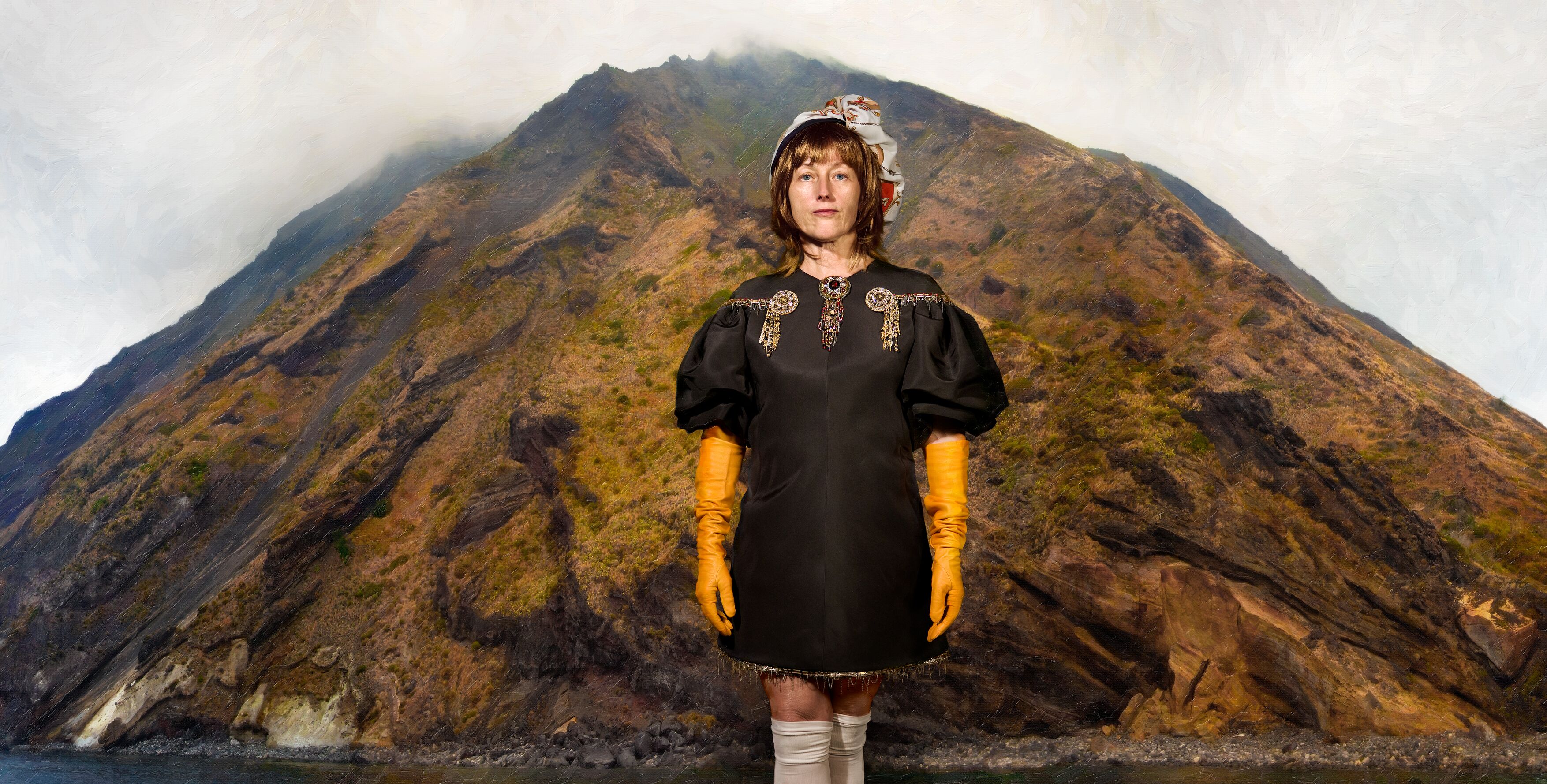 Cindy Sherman in Menorca: ‘She's decades ahead of social media and the construction of identity for the camera’
Cindy Sherman in Menorca: ‘She's decades ahead of social media and the construction of identity for the camera’‘Cindy Sherman: The Women’, its title a nod to an image-conscious 1930s Broadway hit, takes the American artist's carefully constructed, highly performative works to Hauser & Wirth Menorca
-
 San Francisco’s controversial monument, the Vaillancourt Fountain, could be facing demolition
San Francisco’s controversial monument, the Vaillancourt Fountain, could be facing demolitionThe brutalist fountain is conspicuously absent from renders showing a redeveloped Embarcadero Plaza and people are unhappy about it, including the structure’s 95-year-old designer
-
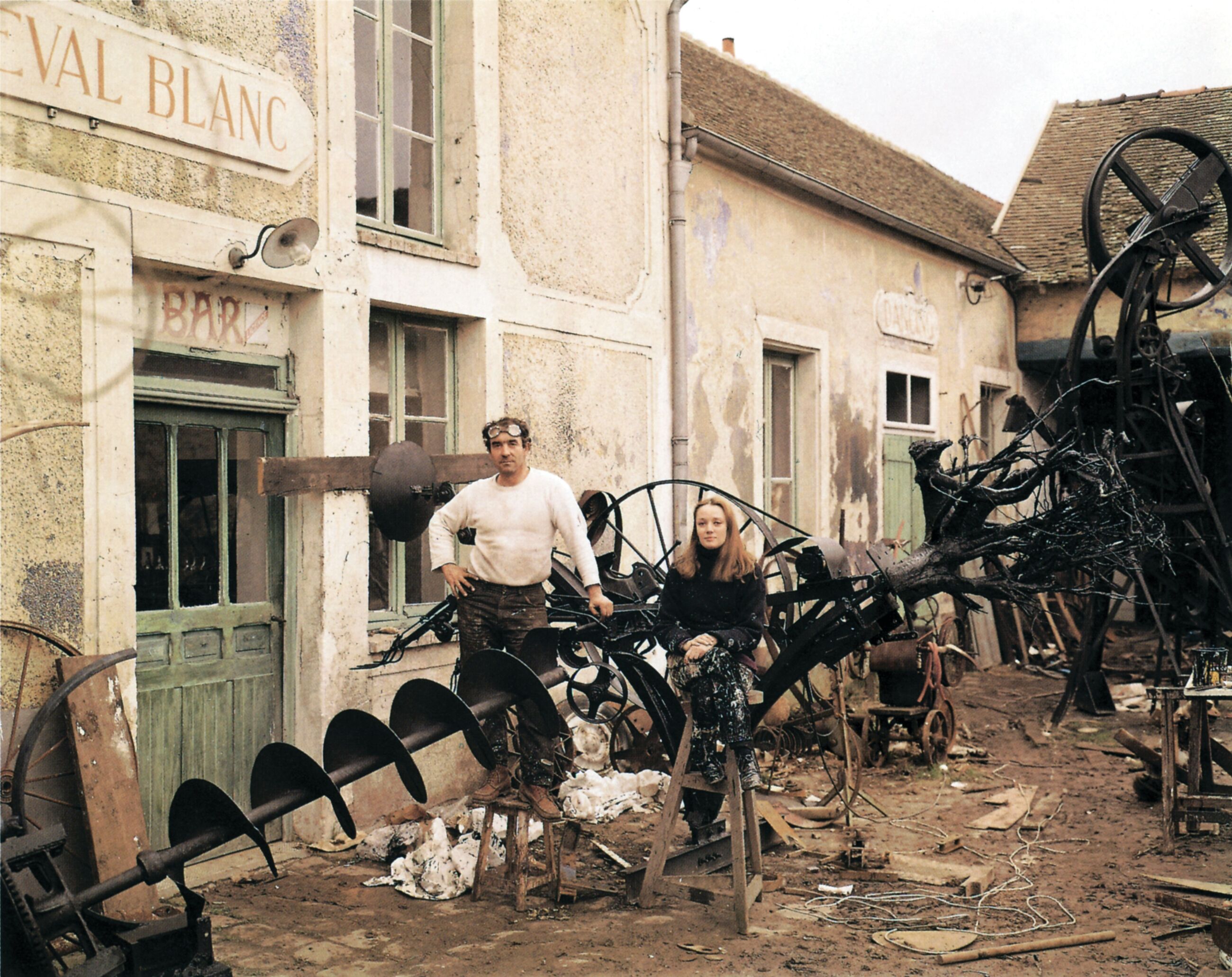 See the fruits of Niki de Saint Phalle and Jean Tinguely's creative and romantic union at Hauser & Wirth Somerset
See the fruits of Niki de Saint Phalle and Jean Tinguely's creative and romantic union at Hauser & Wirth SomersetAn intimate exhibition at Hauser & Wirth Somerset explores three decades of a creative partnership
-
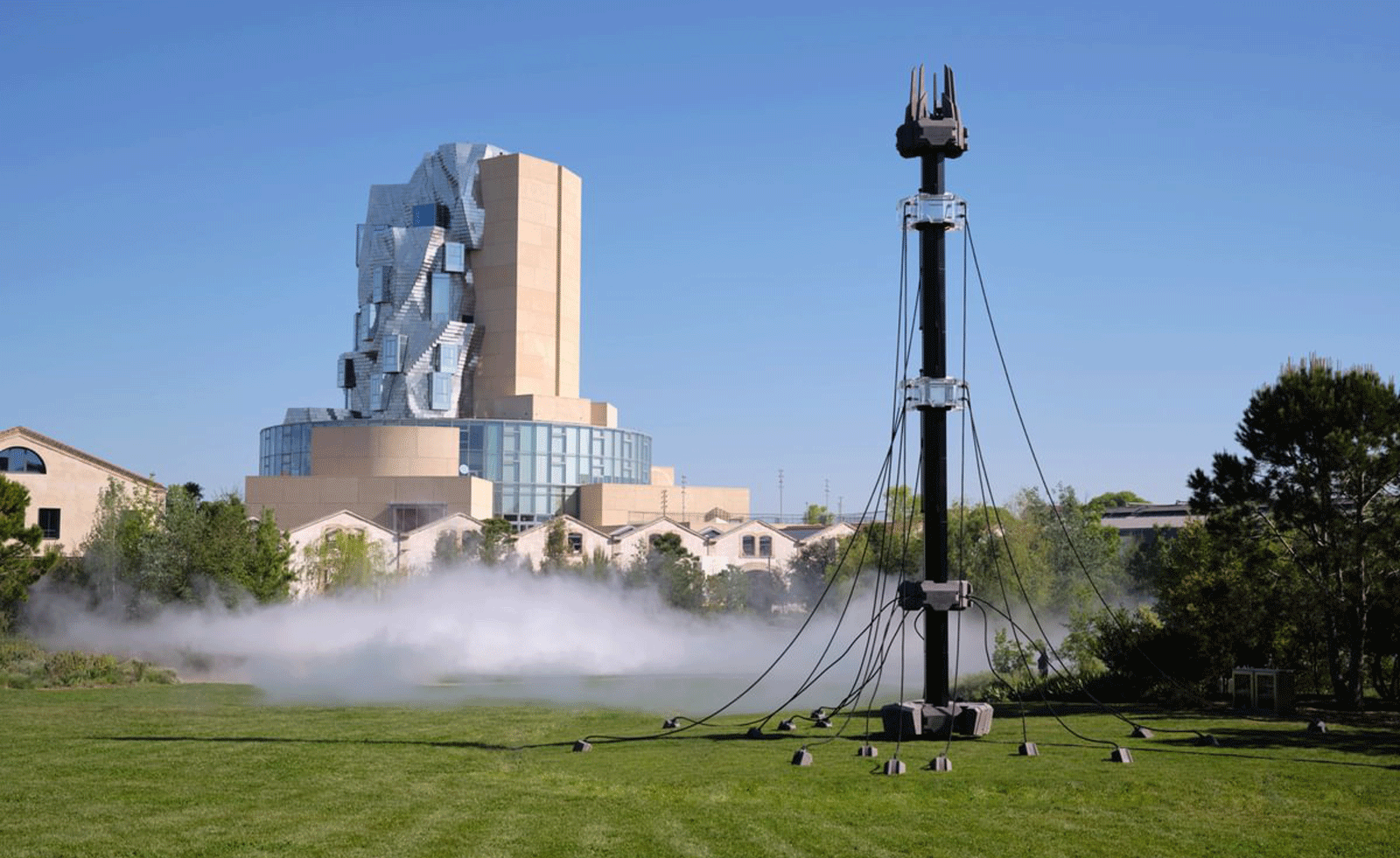 Technology, art and sculptures of fog: LUMA Arles kicks off the 2025/26 season
Technology, art and sculptures of fog: LUMA Arles kicks off the 2025/26 seasonThree different exhibitions at LUMA Arles, in France, delve into history in a celebration of all mediums; Amy Serafin went to explore
-
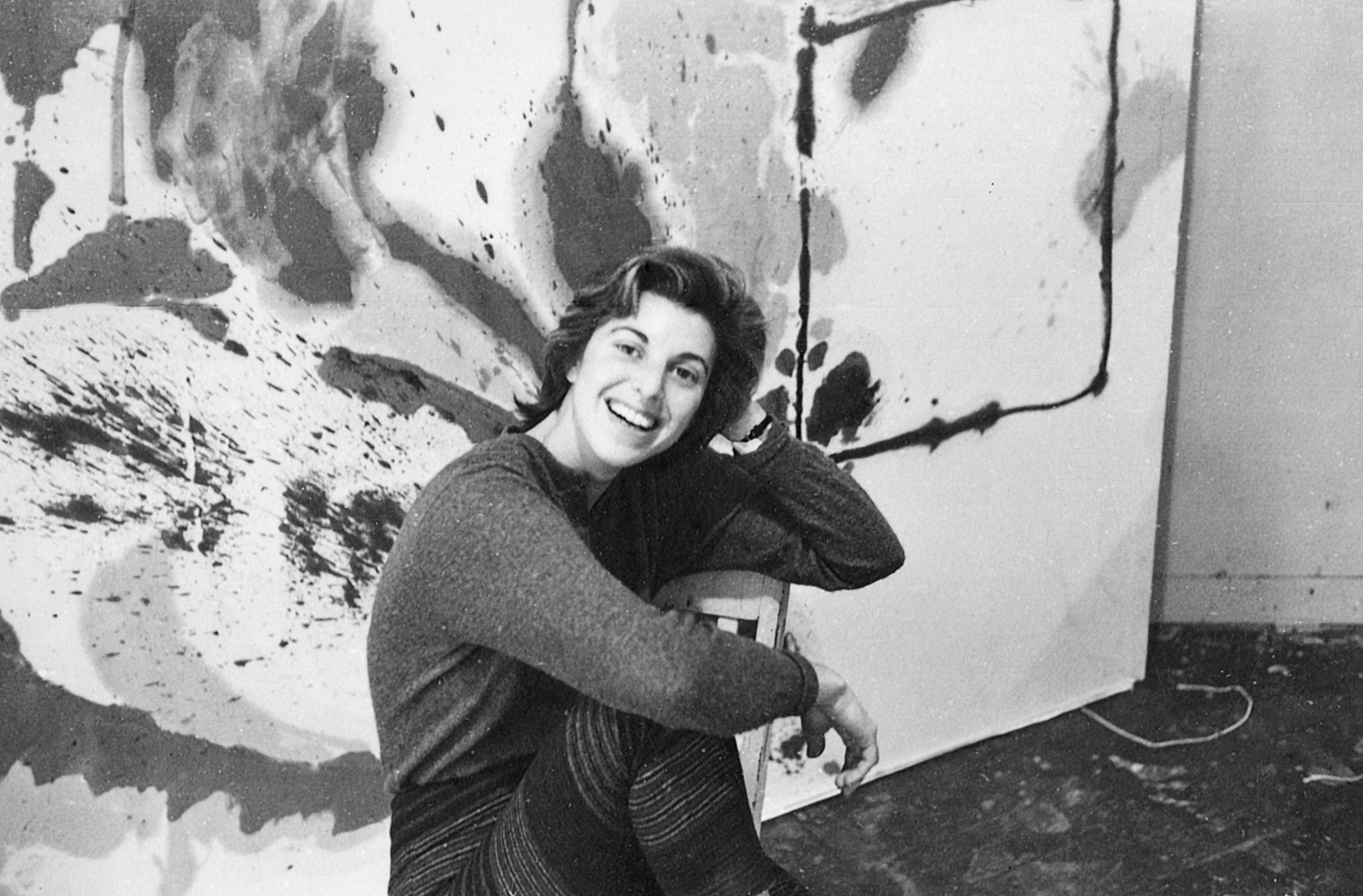 The largest posthumous survey of Helen Frankenthaler puts her in the frame with Pollock and Rothko
The largest posthumous survey of Helen Frankenthaler puts her in the frame with Pollock and RothkoGuggenheim Bilbao hosts 'Painting Without Rules', a major exhibition of soak-stain innovator Helen Frankenthaler’s paintings that also includes Pollock and Rothko